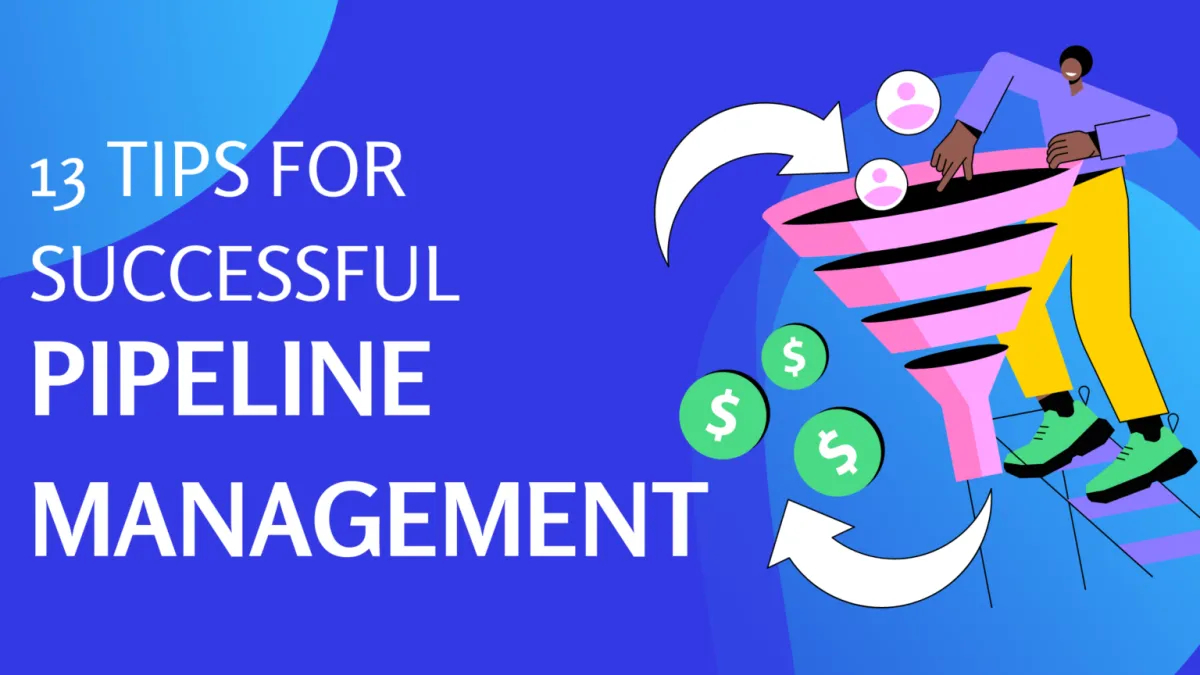
13 Tips For Successful Pipeline Management
Set Clear Goals: Define your sales targets and revenue goals. Having a clear vision will guide your pipeline management strategy.
Use CRM Software: Invest in a robust Customer Relationship Management (CRM) system to organize and track your sales activities efficiently.
Qualify Leads Thoroughly: Prioritize quality over quantity. Ensure leads fit your ideal customer profile before entering them into the pipeline.
Segment Your Pipeline: Divide your pipeline into different stages to monitor progress and identify potential bottlenecks.
Monitor Key Metrics: Keep a close eye on key performance indicators (KPIs) like conversion rates, deal velocity, and win rates.
Implement Sales Automation: Utilize automation tools to streamline repetitive tasks and focus on building relationships with prospects.
Regularly Update Data: Keep your CRM data up-to-date to ensure accurate forecasting and decision-making.
Nurture Leads: Use automated nurturing campaigns to engage prospects and move them through the sales funnel.
Train Your Sales Team: Provide ongoing training to your sales reps to sharpen their skills and align with pipeline management strategies.
Establish Clear Sales Processes: Define standardized sales processes and ensure your team follows them consistently.
Identify Sales Gaps: Analyze your pipeline regularly to identify areas that need improvement and take proactive measures.
Collaborate Across Departments: Foster collaboration between sales, marketing, and customer service teams to optimize the entire customer journey.
Perform Regular Pipeline Reviews: Conduct frequent pipeline reviews to assess progress, address challenges, and make data-driven decisions.
By implementing these 13 tips, you can create a well-managed sales pipeline that maximizes efficiency, increases conversions, and drives business growth. 🚀💼 #PipelineManagement #SalesSuccess #CRMStrategy #SalesPipeline #SalesGrowth #SalesTips


